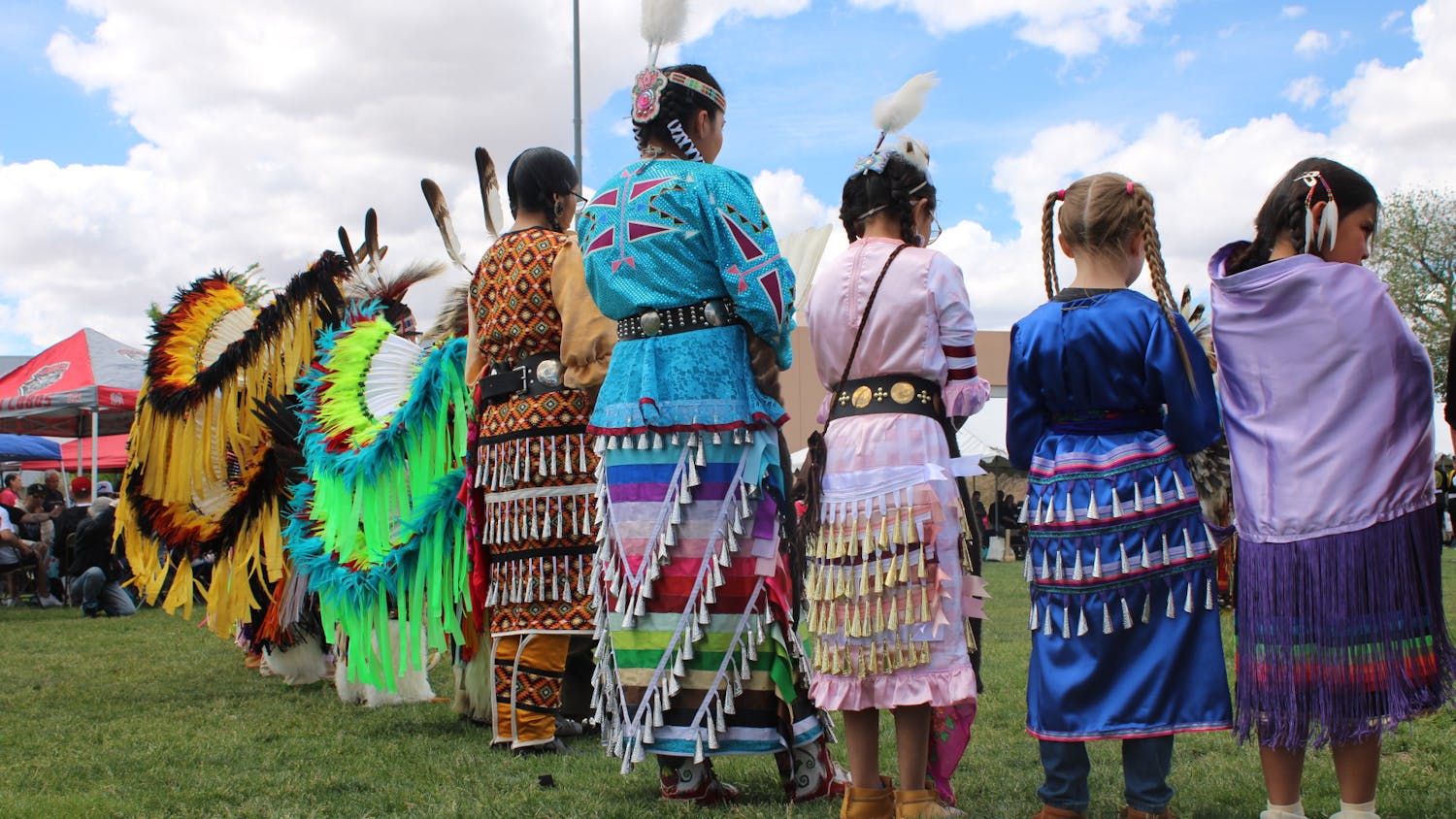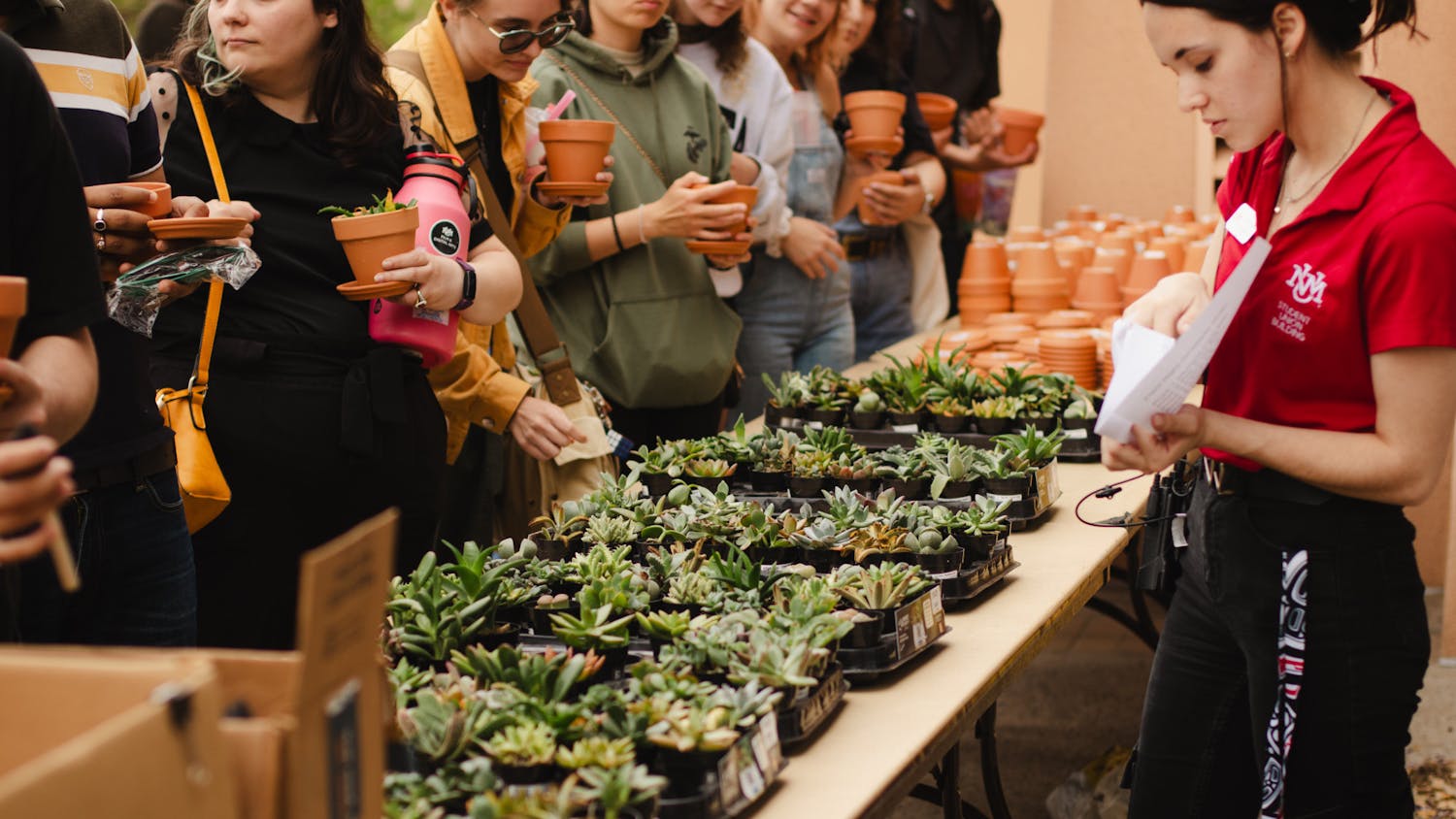by Mike Smith
Daily Lobo
If you were to ask most New Mexicans - or even most Americans - to name the most strange, controversial and wildly celebrated place in our entire state, chances are the name of one town would be mentioned again and again: Roswell. If you were to ask those same people exactly why Roswell has such a reputation or how it became such a mythic destination, they would probably all reply: "The milk!"
"Welcome to Roswell: Dairy Capital of the Southwest," a sign reads as you drive on Highway 285 into the city from the north. That same proud message greets motorists entering town from the east, south and west, as well. And it's easy to see why: Surely, of all the things that have ever occurred, or even allegedly occurred, in and around Roswell, nothing could be more likely to lure visitors and boost the local economy than the fun and intrigue offered by the local dairy industry.
Roswell, located in southeastern New Mexico's Chaves County, is the state's fifth largest city, with a population of about 50,000 people. The town was founded in 1869 by storekeepers Van C. Smith and Aaron O. Wilburn, near the junction of the Pecos and Rio Hondo Rivers. It was named for Smith's father, Roswell Smith of Nebraska. In 1878, cattleman John S. Chisum established the area's 150-mile-long Jingle Bob Ranch along the Pecos River. He once grazed more than 100,000 head of cattle there. Another area ranch, the Diamond A, grazed about 40,000, and it wasn't much of a leap from hosting tens of thousands of cattle to becoming a prominent dairy town. Today, for every two people in Chaves County, there are three cows. Roswell and its surrounding area boasts about 40 working dairies, America's largest mozzarella cheese factory and an annual output of close to 1.7 billion pounds of milk. Also, every June, people come from all around to celebrate New Mexico Dairy Day in the nearby community of Dexter - making boats from milk cartons and racing them across a desert lake, sculpting art out of cheese, sharing a 60-foot-long banana split or competing in some sort of tangentially dairy-related talent show.
Get content from The Daily Lobo delivered to your inbox
"Roswell was dubbed the dairy capital of the Southwest because in 2000, Chaves County was ranked 10th in the nation in total milk production," Dairy Producers of New Mexico Executive Director Sharon Lombardi said. "The ranking is done nationwide, and it's done by (the) number of pounds of milk produced."
Part of Roswell's international appeal, however, is its controversy, which has kept people talking for decades. Such controversial topics include Sulphur Springs, Texas - a town that is not the dairy capital of the Southwest - being home to the Southwest Dairy Museum. Then there's the smell and the flies of the dairies, the health effects of milk and the way dairy cows are treated.
Animal rights activists point out that about 40 percent of American dairy cows are lame from nearly constant confinement and that cows can only give milk during and after pregnancy, so they are forcefully impregnated on a regular basis - over and over again. They are forced to give 10 times more milk than they would naturally.
Industry supporters say dairy cows are treated humanely - given food and water and ample time spent in roomy corrals. They point out that milk contains high levels of calcium and potassium; it's a good source of protein; and that many people consider it tasty.
Herbert Hoover, the 31st U.S. president, even went so far as to claim that "the white race cannot survive without dairy products."
These sorts of quirky facts and engaging controversies keep Roswell in the forefront of people's minds and serve as solid evidence for why Roswell's Chamber of Commerce would want to share its dairy industry with its visitors the moment they enter town, before telling them anything else at all.
People love milk, and so people love Roswell.
Mike Smith is a UNM history student and author of Towns of the Sandia Mountains. E-mail him with suggestions for future columns at
AntarcticSuburbs@yahoo.com.






